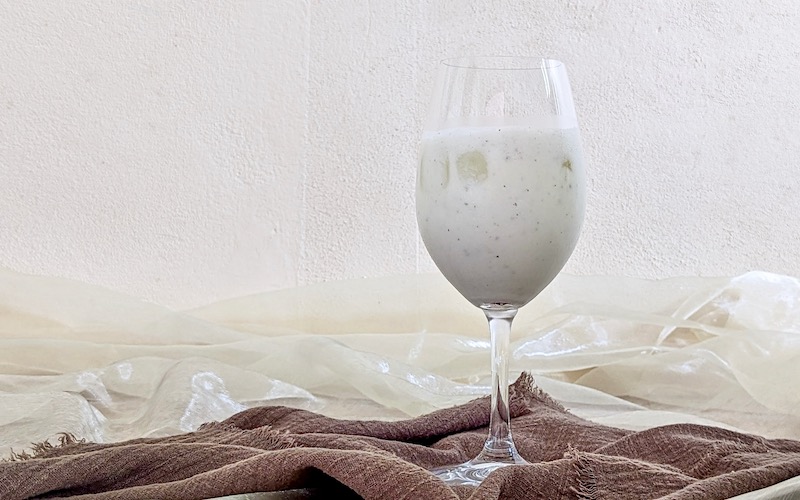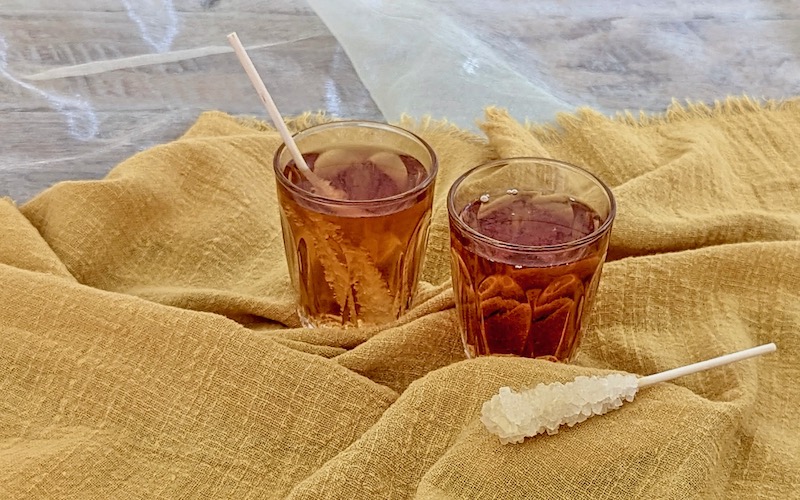Because alcohol isn’t an option in Iran (except for rough illegal moonshine), the range of non-alcoholic beverages is wide, interesting and delicious, including lots of freshly squeezed fruit juices sold from carts all over city streets and markets.


Tea is the most popular drink in Persian cuisine. It’s drunk all day long and is always on the brew in every Iranian home, shop and office, even at rustic roadside stops. Guests are offered multiple glasses of tea throughout a visit, usually with a few dates and often a saffron-infused rock sugar stick for sweetening it, though some prefer to hold a sugar cube between their teeth and sip the tea through it. Here are five of my favourite Persian drinks, click on the title of each one to see the full recipe. And see the video below to learn how to brew and bloom saffron to use in cooking.

Sharbat
Sharbat is Persian cordial, a syrup flavoured with fruits and/or flowers, usually with a sour touch, that’s then diluted with water and served over ice. The word is related to sherbet, sorbet, shrub (in the drinks sense) and syrup, via the Arabic šariba meaning ‘to drink’. Sharbat sekanjabin, made from honey, white wine vinegar and mint, is the most famous.

Ob’eh anar
Ob’eh anar, pomegranate juice, is sold at street stalls all over Tehran, some open 24-hours. Pomegranates, native to Iran, represent fertility, life and rebirth because of their many seeds. They’re traditionally eaten on the winter solstice, yalda meaning rebirth as it’s when days start to get longer and light wins its ancient battle over darkness.

Paloudeh Talebi
These rockmelon slushies are also sold by street vendors and made in homes throughout summer. Paloudeh is a variation of the word faloodeh, Persia’s famous rose water, lime and noodle granita. Paloudeh talebi can be simply fresh rockmelon blitzed with ice and a little sugar or it can be flavoured with honey, rose or orange blossom water, and/or mint.

Doogh
Doogh is a slightly fizzy, lightly-salted yoghurt drink flavoured with mint, similar to Indian lassi. It was traditionally made by shaking milk in a dried sheep’s stomach, the enzymes in which would have started the fermentation, then left at room temperature for a couple of days to develop a gentle fizz. Using yoghurt and soda water is much quicker.

Chai
Tea is traditionally made in a samovar-style device with a small pot of strong tea on top of a larger pot of boiling water, so each person can dilute the tea to their preferred strength. I love the saffron, rose and cardamom tea imported by Saffron & More, especially with a a saffron-infused rock sugar stick to stir into it.








